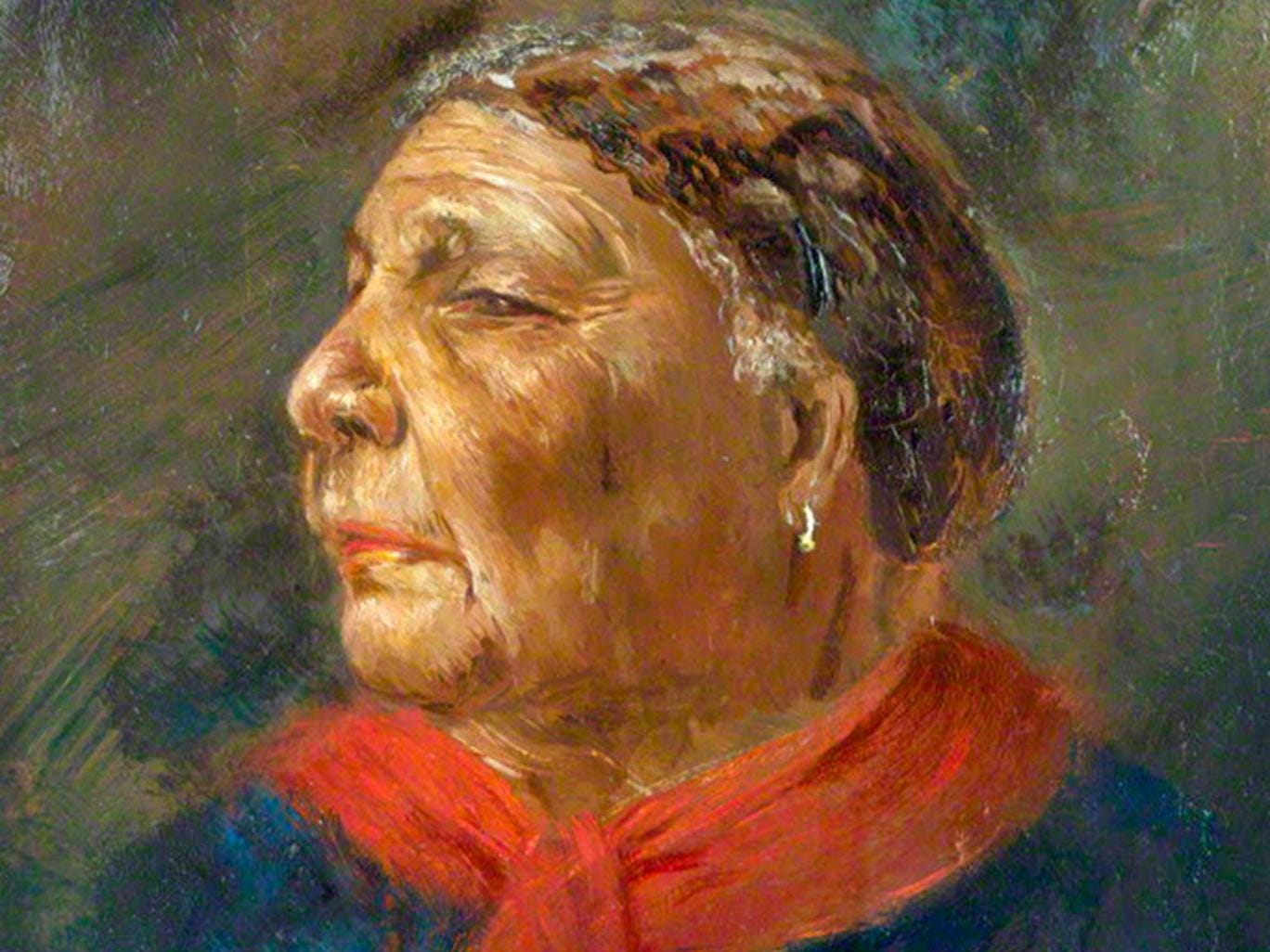‘Free State of Jones’ leader Newt Knight in his own words
The New Orleans Times-Picayune
2016-06-24
James Karst, Senior Editor
This interview with Newton Knight of Mississippi was originally published in the March 20, 1921, edition of the New Orleans Item. It was believed at the time to have been the only time Knight spoke to the press about the “Free State of Jones,” the subject of a new movie starring Matthew McConaughey as Knight and filmed in Louisiana.
The Knight interview is reprinted here in its entirety.
By Meigs O. Frost
The New Orleans Item
Far up in the heart of Jasper County, Mississippi, amidst a forest of pine and oak, where winding woodland paths lead through a tangle of thick underbrush, lives a man now nearing his ninety-second year.
Volumes have been written around him. Testimony of men now living, of men long dead, has been taken for and against him. Frugal of speech, he has gone his way through the years, careless of what men said of him in the outside world into which he ventures rarely. In simplicity primeval he has lived, as in primeval simplicity he will die.
That man is Newton Knight, captain throughout the Civil War of the famous Knight’s Company that ranged Jasper County and “The Free State of Jones,” as the neighboring Jones County is christened in some histories.
“Uncle Newt” Knight here for the first time in all the years breaks his silence to tell his story to The Item. As he recounts the tale, it is an epic of the Civil War. About him, he says, were banded men who, owning no slaves, believing in the Union of Abraham Lincoln, hoped either to fight through the Confederate cordon and join the Union forces or hoped that the Yankee ranks would fight through to them.
As others in Jones and Jasper County, staunch Confederates throughout the war, tell the tale, Newt Knight’s Company was composed of “bushwhacking deserters” from the armies of the Confederate States.
More than half a century has passed since men in this part of Mississippi bore arms for the Lost Cause. Their sons and their sons’ sons since then have fought overseas for the United States of America.
Yet beneath the surface in Jones and Jasper Counties still rankles the feeling that Uncle Newt Knight’s Company engendered when from 1862 to the end of the Civil War it defied the armed forces of the Confederacy and remained unconquered, though surrounded by Confederate armies from start to finish.
Whether Knight’s Company was a band of men whose loyalty to the Union was beyond their loyalty to the South; whether it was a band of Confederate deserters who simply “hid out” in the brush to avoid army service — those are questions that will be debated in Jones and Jasper Counties of Mississippi when the headstone of the last combatant has been long overgrown with moss.
But here and now enters Newton Knight into the Court of Public Opinion with his tale — a story that he told to me in the ninety-first year of his age, speaking with a mind apparently as unclouded and keen as that of one five decades younger than he…
Read the entire article here.



